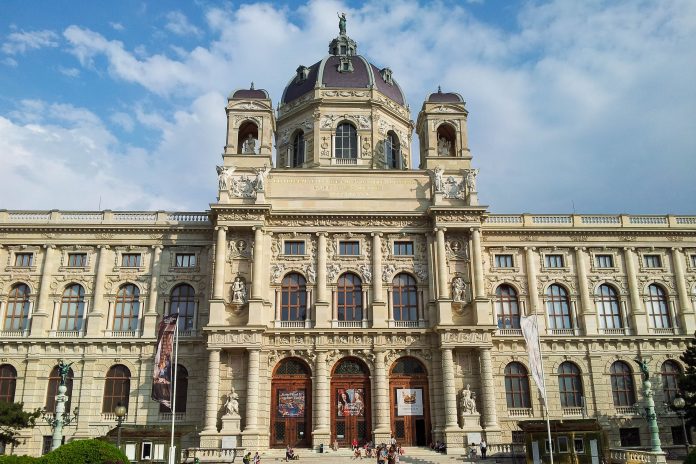Das prunkvolle Kunsthistorische Museum im Herzen Wiens wurde in der Kaiserzeit erbaut und ist heute eines der größten und bedeutendsten Museen der Welt. Nicht nur seine kostbare Sammlung, auch seine Architektur ist schlichtweg atemberaubend.
Das Kunsthistorische Museum (KHM) im Zentrum von Wien ist das bedeutendste Museum des Landes und zählt zu den größten und wichtigsten Museen der Welt. Jedes Jahr wird das Wiener Kunstmuseum von über einer Million Menschen besucht, womit ist es mit Abstand das meistbesuchte Museum Österreichs ist.
Inhaltsverzeichnis
BILDER: Kunsthistorisches Museum in Wien
Fotogalerie: Kunsthistorisches Museum in Wien
Das KHM thront am Maria-Theresien-Platz, gegenüber dem nicht weniger imposanten Gebäude des Naturhistorischen Museums. Beide zählen zu den wichtigsten historischen Monumenten an der Wiener Ringstraße und zu unseren Top 10 Sehenswürdigkeiten von Wien.
Besuch des Kunsthistorischen Museums
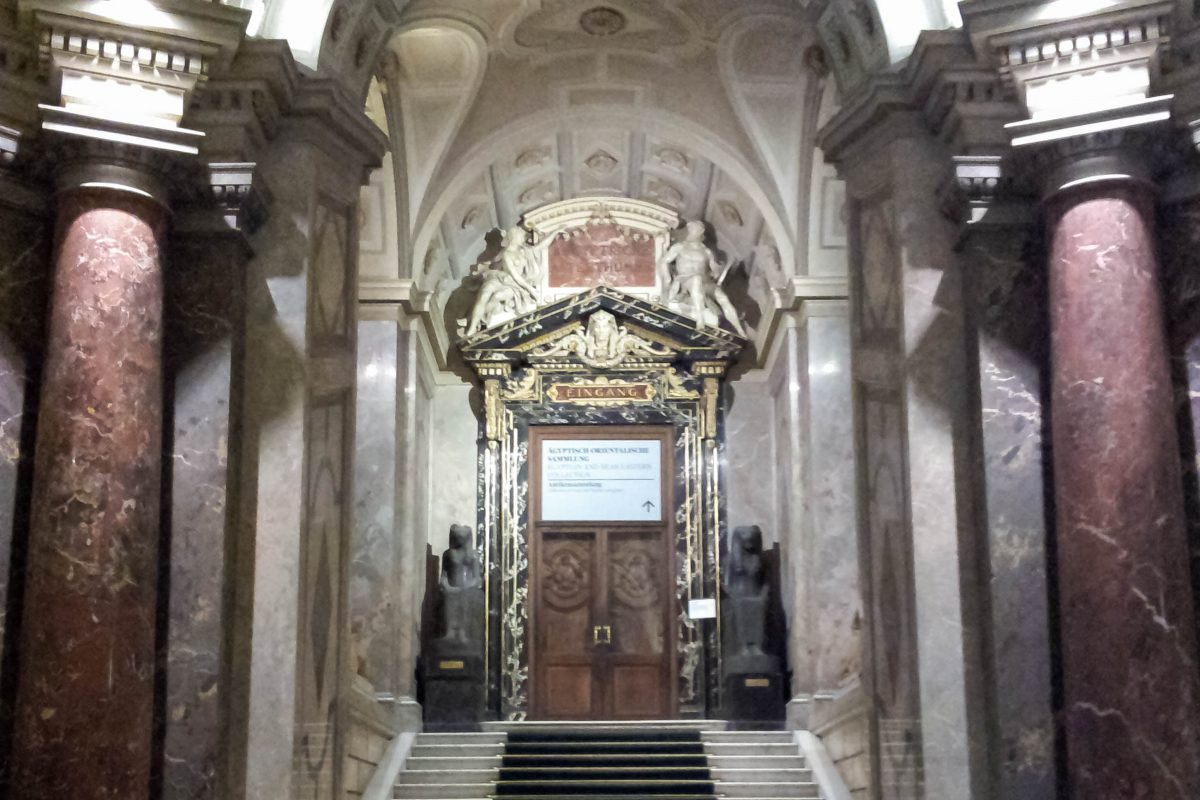
Die Ausstellungen im Haupthaus des Kunsthistorischen Museums am Wiener Maria-Theresien-Platz gliedern sich in:
- die Gemäldegalerie
- die Ägyptisch-Orientalische Sammlung
- die Antikensammlung
- die Kunstkammer Wien
- das Münzkabinett
- die Bibliothek
Weitere zum Museum gehörige Sammlungen befinden sich in der Neuen Burg, der Hofburg, in der Kaiserlichen Wagenburg des Schlosses Schönbrunn, sowie im Schloss Ambras.
Architektur

Betritt man das Kunsthistorische Museum staunt man in erster Linie ob der prunkvollen Architektur in der Eingangshalle. Sowohl Boden als auch Decke sind mit kunstvollen Mustern geschmückt und zwischen marmorierten Säulen führen opulente Stiegenaufgänge in die Ausstellungsräume.
Prunkstiege

Besonders bekannt ist die überwältigende Prunkstiege mit einer marmornen Statue von Theseus im Kampf mit den Kentauren, die von zwei Löwen mit Habsburgerwappen flankiert wird. Auch die Initialen von Kaiser Franz und Kaiserin Elisabeth sind – in Marmor gebannt – an dieser Treppe verewigt.
Die Prunkstiege führt direkt zum nicht weniger beeindruckenden Kuppelsaal, in dem ein Café für die kulinarische Genüsse inmitten eines atemberaubenden Ambientes sorgt.
Ausstellungen
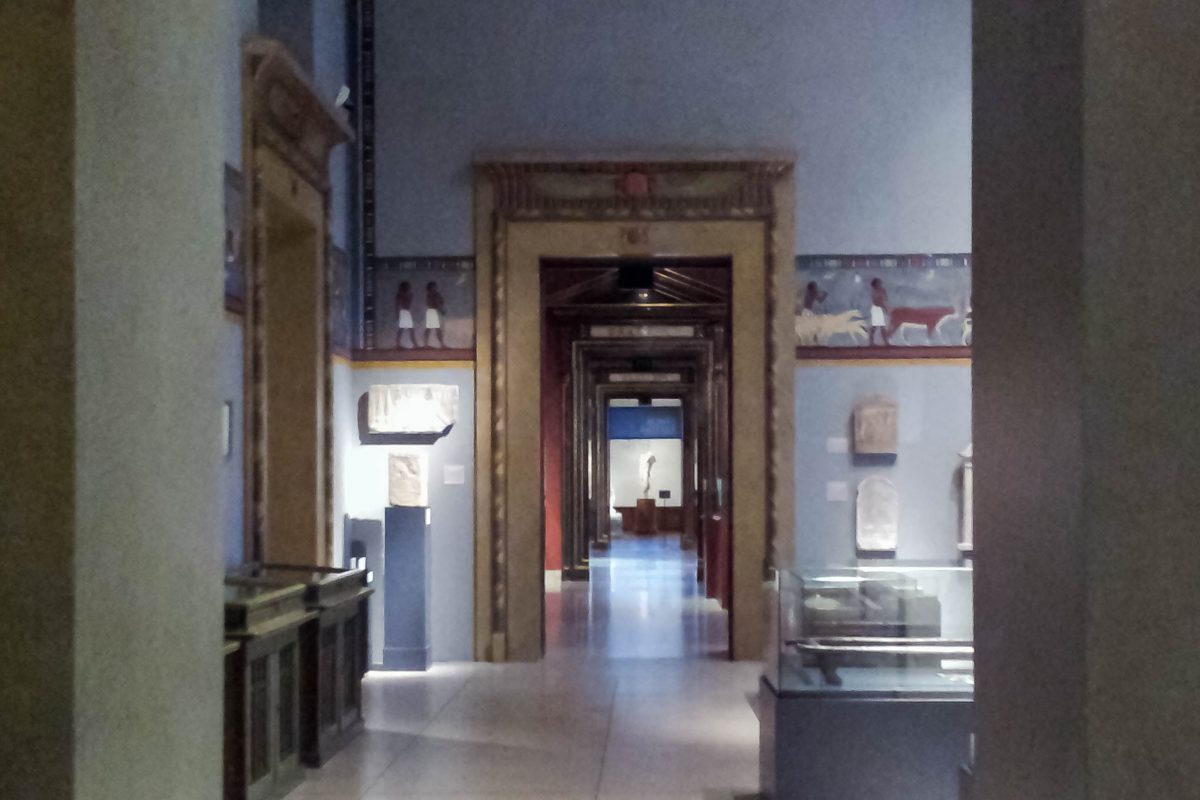
Auch die Räumlichkeiten selbst sind kostbar ausgestattet und bilden mit den wertvollen Exponaten verschiedenster Kulturen eine Aura von majestätischem Prunk. In der Gemäldegalerie sind berühmte Maler wie Rubens, Dürer, Arcimboldo, van Eyck, Tizian, Vermeer oder Bruegel (mit der weltgrößten Sammlung) vertreten.
Goldenes Salzfass
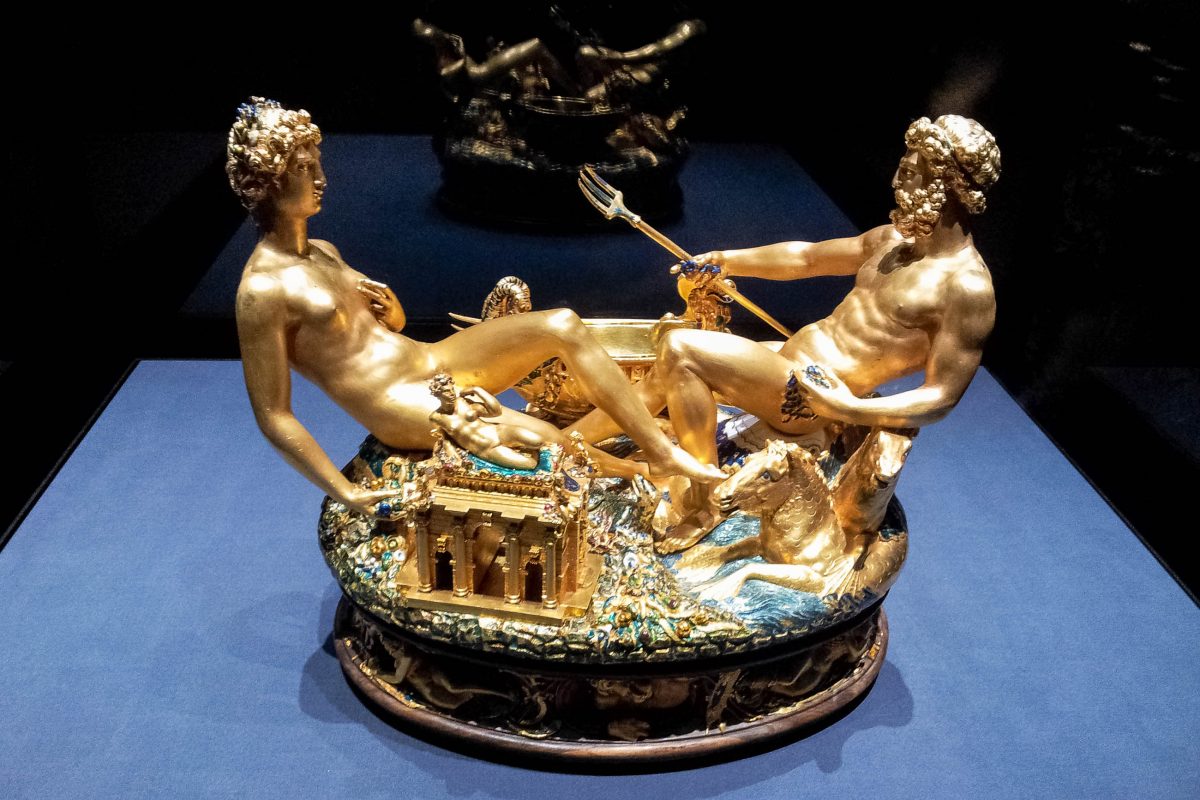
Abseits der Gemälde ist wohl die Saliera von Benvenuto Cellini der berühmteste Schatz des Kunsthistorischen Museums. Das goldene Salzfass erlangte im Mai 2003 weltweite Berühmtheit, nachdem es im Zuge von Renovierungsarbeiten entwendet wurde und am 21. Jänner 2006 in einem Wald im niederösterreichischen Zwettl wieder auftauchte.
Kulinarische Genüsse im Kunsthistorischen Museum
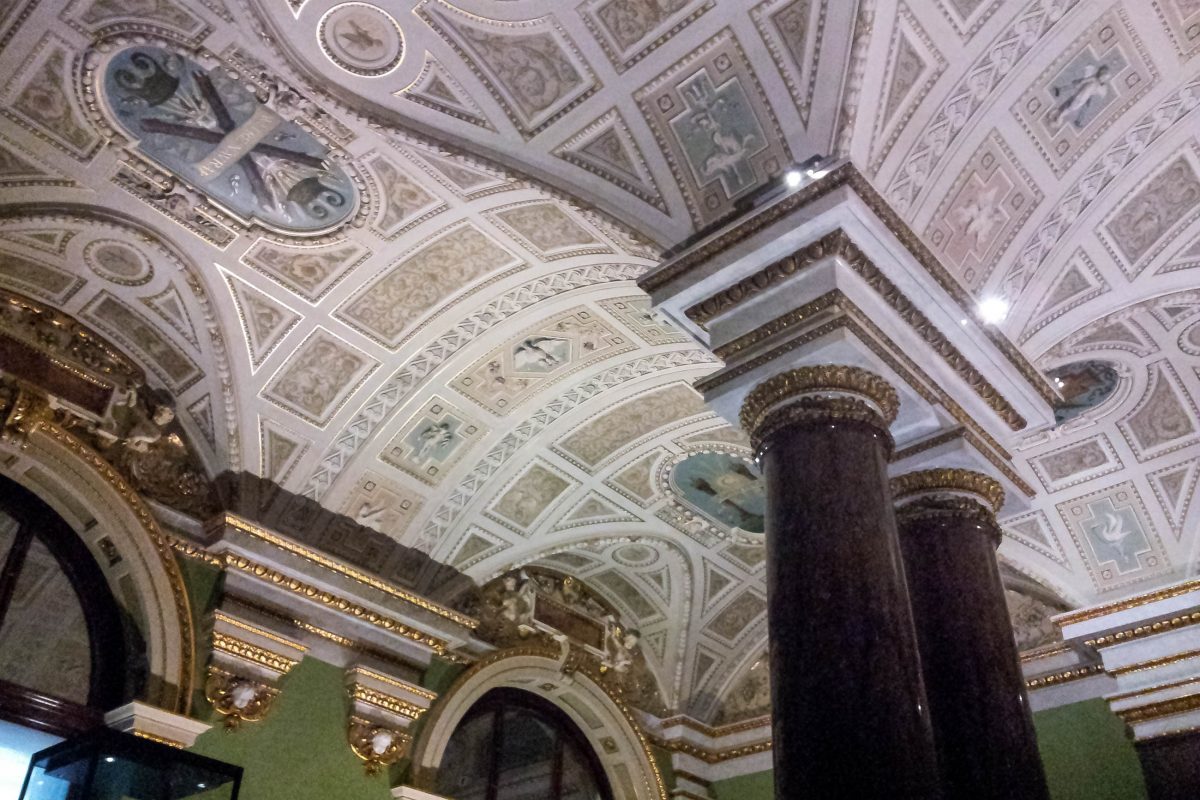
Das Café und Restaurant im Kunsthistorischen Museum sorgt nicht nur tagsüber für das leibliche Wohl der Besucher, sondern lädt auch zu ganz besonderen Anlässen ein. Egal ob ein Gourmet-Abend zu zweit oder ein gemütlicher Sonntags-Brunch mit der gesamten Familie, vor dieser prachtvollen Kulisse fühlt man sich beim Dinieren selbst wie ein Kaiser!
Nach dem Essen locken die eigentlichen Werte des KHM und so können diverse Sammlungen, laufende Sonderausstellungen und die Gemäldegalerie in aller Ruhe besichtigt werden – bereits nachdem das Museum seine Pforten für Besucher geschlossen hat.
Geschichte des Kunsthistorischen Museums
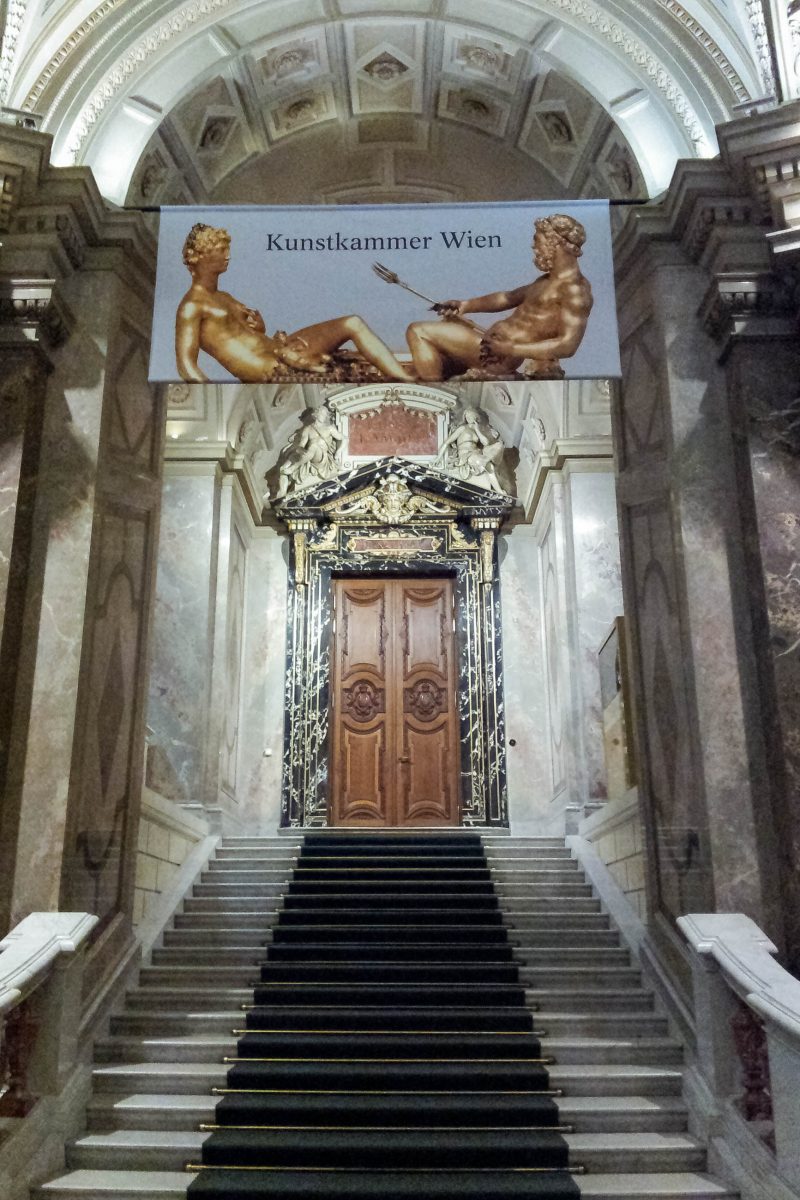
Die erste Idee für ein Museum in Wien hatte bereits der k.u.k. Hof-Archäologe und Münzsammler Joseph von Arneth im Jahr 1833, realisiert wurde das Vorhaben allerdings erst unter Kaiser Franz Joseph I im Zuge der allgemeinen Stadterweiterung.
Damals wurden die kaiserlichen Sammlungen der Habsburger, Ferdinands von Tirol, Kaiser Rudolfs II. und des Erzherzogs Leopold Wilhelm zusammengeführt. Auf Wunsch des Kaisers entstanden die beiden Museumsbauten in der Nähe, aber auch nicht zu nahe zur Hofburg – also über der Ringstraße.
Die beiden Architekten Carl von Hasenauer und Gottfried Semper, der auch die Semper-Oper in Dresden errichtete, wurden 1870 offiziell mit dem Bau der beiden Museen betraut. Am 27. November 1871 wurde der Grundstein gelegt. Trotz Differenzen zwischen den beiden Baumeistern (Hasenauer übernahm 1877 die Bauleitung alleine) konnte das Kunsthistorische Museum am 17. Oktober 1891 durch Kaiser Franz eröffnet werden.
Weiterführende Links:
Offizielle Website des Kunsthistorischen Museums in Wien mit Preisen und Öffnungszeiten
Informationen zum „Genuss im Museum“ mit Möglichkeit zur Gutschein-Bestellung

